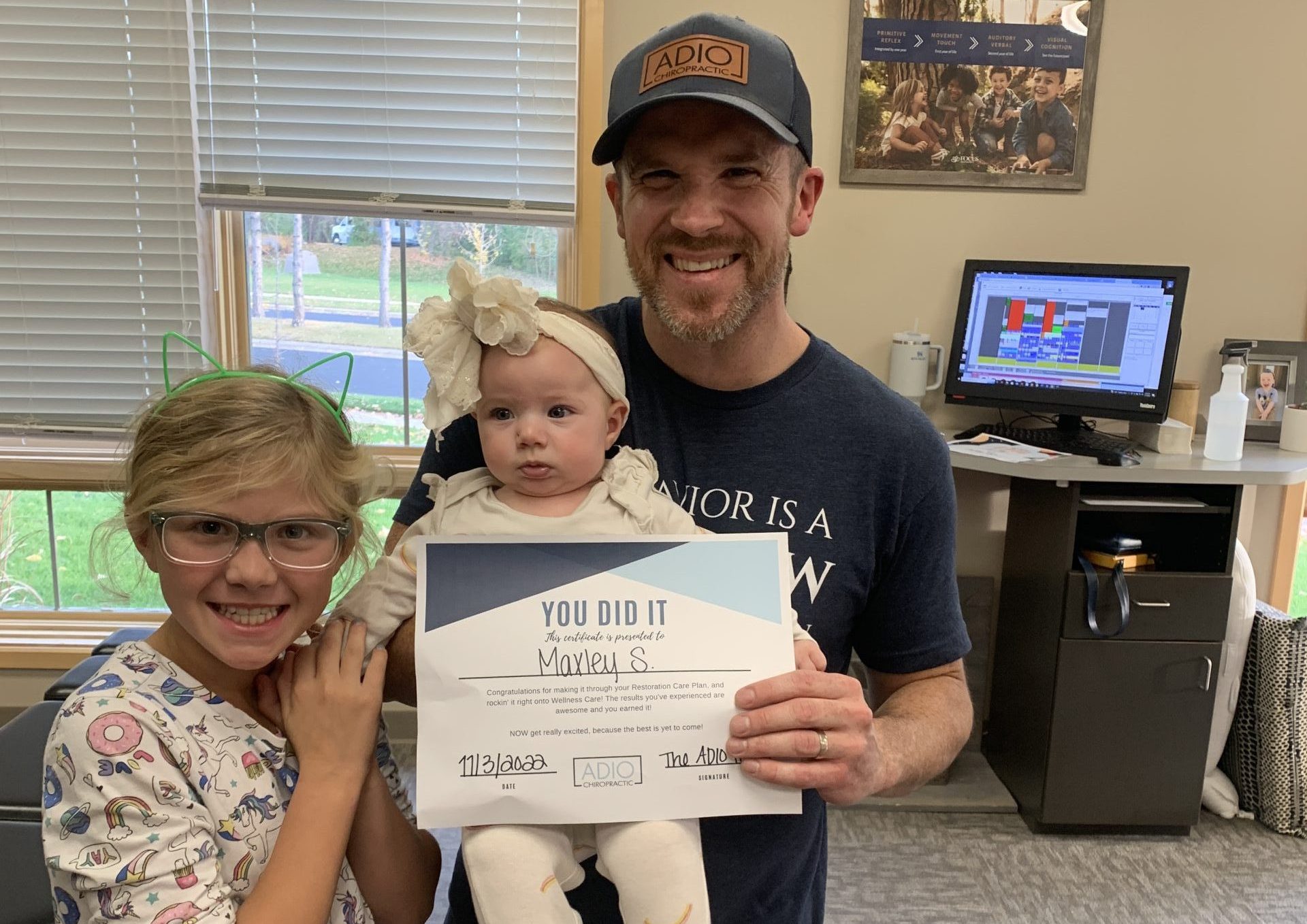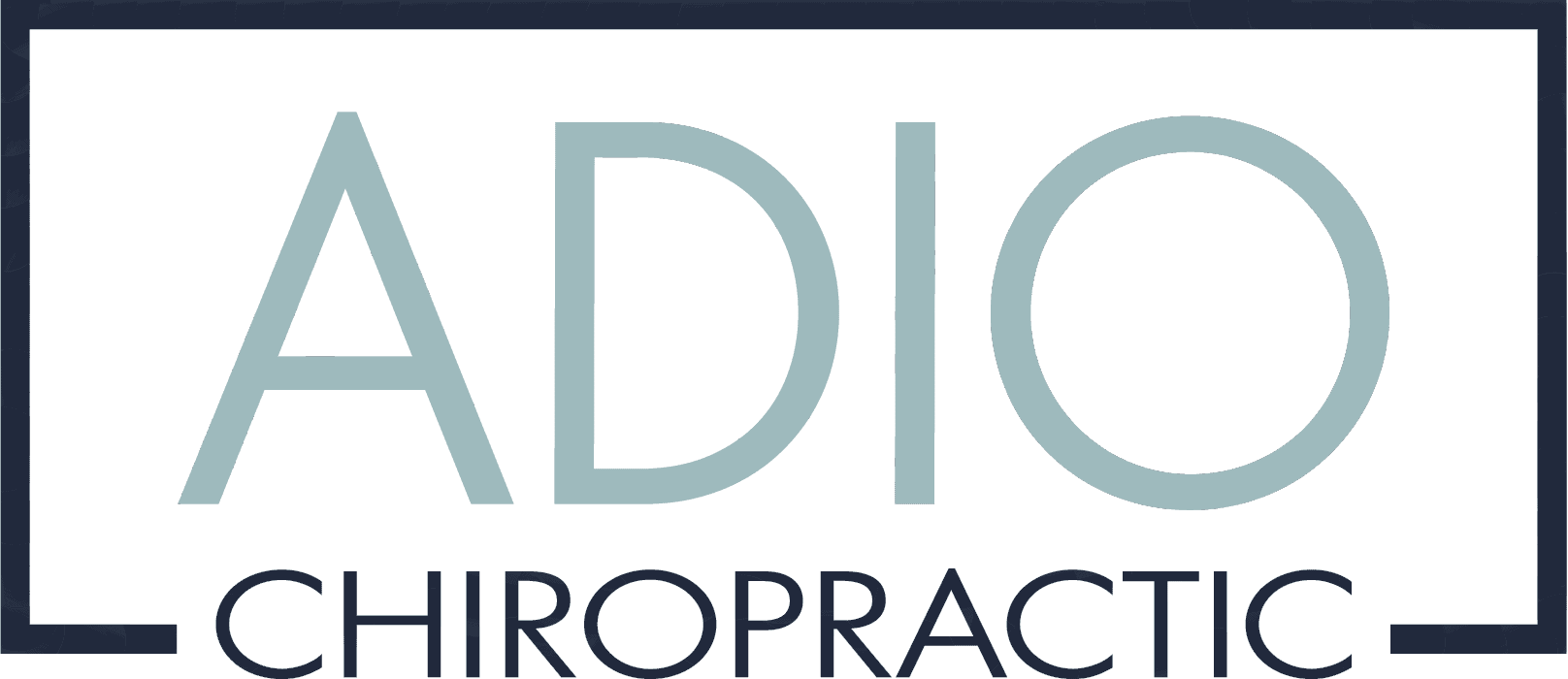We understand that there’s a lot to keep track of when it comes to taking care of our little ones. From the numerous items in the diaper bag to everything they need day to day, it can be extremely overwhelming. Then there is a whole other chart that isn’t in that diaper bag we need to be aware of as parents, and it’s called the Developmental Milestones Chart. These are things that your pediatrician or family doctor will check in with you on during your well-baby checks.
Often, motor development and developmental milestones are overlooked, dismissed, or missed altogether by pediatricians and standard doctors. So, in this blog, we are going to discuss gross motor development, referring to your baby’s larger muscles, which includes tummy time, rolling over, sitting up, crawling, and walking. These are important movements that contribute to your child’s overall health and well-being.
As a parent, it can be challenging to navigate these issues without proper knowledge or expertise in neurodevelopment. That’s why I’m here to provide you with the answers and explanations you need because, as a pediatric chiropractor, neurodevelopment is my expertise.
If you’re concerned about your child’s motor milestones and aren’t receiving the answers you need from your pediatrician, this is for you. It’s also suitable for parents whose children have plateaued in physical therapy or other related therapies, so please share this information with other parents who may be experiencing similar struggles.
The missing link we’re about to discuss is not typically found in pediatrician’s offices or evaluations by physical, occupational, or speech therapists. However, when neurologically-focused chiropractic is combined with these movement-based therapies we co-collaborate and co-manage with all the time, it can yield excellent results.
PTs and pediatricians are simply not trained to look for this missing link, but it’s present in 80-90% of cases. If it is not found, it cannot be fixed. If it’s not identified and addressed, it can lead to weak core muscles and limbs, as well as low-tone challenges. We’ll also explore the cause of low tone and break that down in this blog.
The Connection Between Gross Motor Development and the Nervous System
So what is that missing link?
The key to understanding motor development lies in the nervous system. The muscles of your child’s body in the developing muscular motor movement system are under complete and total control of the nervous system.
The central nervous system is the absolute boss and controller of the muscular system.
When we look at motor delays or structural deformations, such as plagiocephaly and torticollis, we find that these gross motor and structural challenges have a neurological foundation. Stress can affect the central nervous system, causing it to be stressed out and wound up. The nervous system has two sides to it, the sympathetic fight or flight tension side and the parasympathetic calm and relaxation side. When the sympathetic nervous system is firing and overactive, as we find in many of our gross motor and neurodevelopmental cases, the muscles become too tight and too wound up.
You may be thinking, “That’s not my child’s problem. My child has low tone.” However, hypotonicity or low tone cannot exist in the core or limbs without first having excessive hyper-high tone in the neuro spinal and brain stem areas. The central nervous system comprises the brain, spinal cord, and motor and sensory nerves that control every tissue and cell of the body, especially the muscles. If the central nervous system is injured during birth trauma, from a fall or childhood physical trauma, it can cause misalignment, fixation, and tension, also known as subluxation.
Subluxation can take the central nervous system and wind up the fight-or-flight sympathetic nervous system, especially in the neck, traps, and shoulders. If your child has low tone or coordination challenges, we need to assess their brainstem, neck, and spine to identify any subluxations that may be present. Pediatricians, PTs, and OTs are not trained to assess the nervous system in the same way that a trained, neurologically-focused pediatric chiropractor is.
Gross Motor Delays and Developmental Milestones

We look forward to hearing from you!
Request an appointment online or contact us by phone at (608) 824-0950

More blog posts
Symphysis Pubis Dysfunction During Pregnancy: Natural Relief Without Medications in Middleton, WI
The Sharp Pain That Makes You Stop Mid-Step You're crossing the parking lot at Metcalfe's Market when it hits—a sharp, stabbing pain right at the front of your pelvis that literally stops you in your tracks. Rolling over in bed has become a strategic operation....
Why Is My Child Dealing with Anxiety? A Natural Approach to Helping Your Child Find Calm
You notice it in the small moments—the way your child's shoulders tense when you mention school, the tears that come out of nowhere at bedtime, the stomach aches that appear every Sunday night. Your once carefree kid now seems to carry the weight of the world on their...
Why Is My Child Struggling with Constipation? A Parent’s Guide to Natural Relief in Madison, WI
You're changing another diaper, and there's nothing there—again. It's been three days since your little one had a bowel movement, and when they finally do go, the crying breaks your heart. You watch your child strain and struggle, their face turning red with effort,...
Calm Parenting Strategies That Actually Work: Supporting Your Child’s Nervous System for Better Behavior
You're standing in the grocery store checkout line when it happens again. Your 4-year-old starts melting down over the candy display, and despite trying every parenting technique you've read about, nothing seems to work. The deep breathing, the calm voice, the...
Are Sleep Deficits and School Schedules Setting Your Child Up to Struggle? Natural Solutions for Better Rest and Learning
The alarm blares at 6:30 AM, and you're already dreading the battle ahead. Your child drags themselves out of bed, barely functional, while you calculate that they got maybe six hours of sleep—again. As you watch them struggle to focus during homework time later that...
Why Is My Child Already Sick? Building Immune Resilience for Back-to-School Season in Madison
It's only been three weeks since your child skipped excitedly through the doors of their Madison elementary school, backpack bouncing with fresh supplies and new possibilities. Now you're staring at a positive COVID test, fielding calls from the school nurse about...
The Medication Controversy: What Every Parent Needs to Know About ADHD (Without the Judgment)
The email from your child's teacher lands in your inbox at 2:47 PM on a Tuesday. Your heart sinks before you even open it. "We need to schedule a meeting to discuss Tyler's classroom behavior and focus challenges. Please call when you have a moment." You've been here...
The Parent’s Guide to Naturally Supporting ADHD & SPD Kids for School Success
The notification pops up on your phone at 10:47 AM: "School supply lists are now available!" Your heart does that familiar flip as you realize summer is almost over. While other parents might feel excited about routine returning, you're already mentally preparing for...
Beyond Back Cracks: Understanding Neurologically-Based Chiropractic Care and Why It Changes Everything
You've tried everything. The occupational therapy sessions that cost a fortune but only provided temporary relief. The behavioral therapist who gave you strategies that work for other kids but not yours. The pediatrician who suggested "wait and see" or offered...
David vs. Goliath: When Your ADHD Child Faces the Giant of Traditional Education
The phone rings at 2:15 PM. Your heart sinks because you recognize the school's number on the caller ID. It's the third call this week, and it's only Wednesday. "Mrs. Johnson, we need you to pick up Tyler early today. He's having another difficult afternoon." As you...
